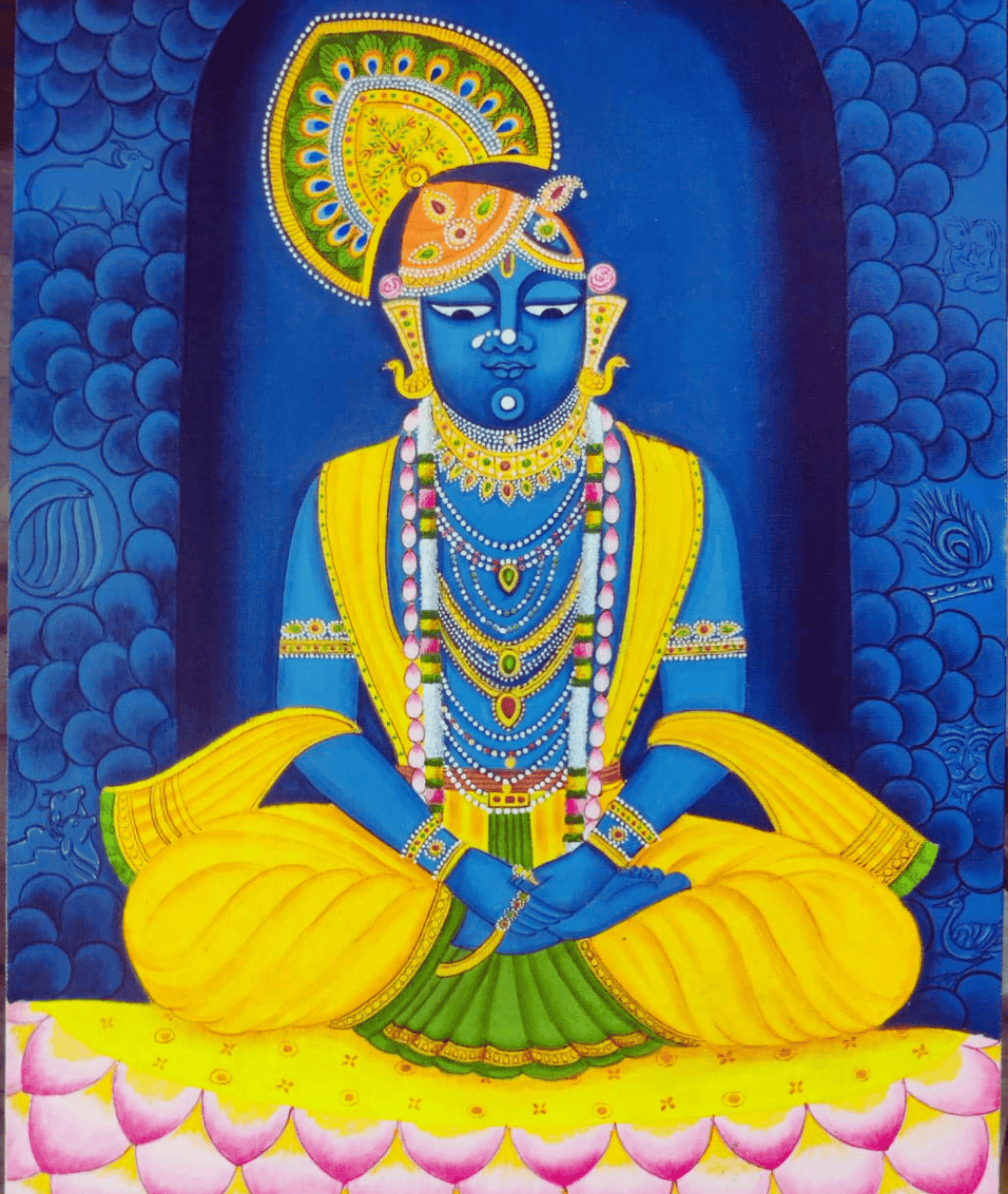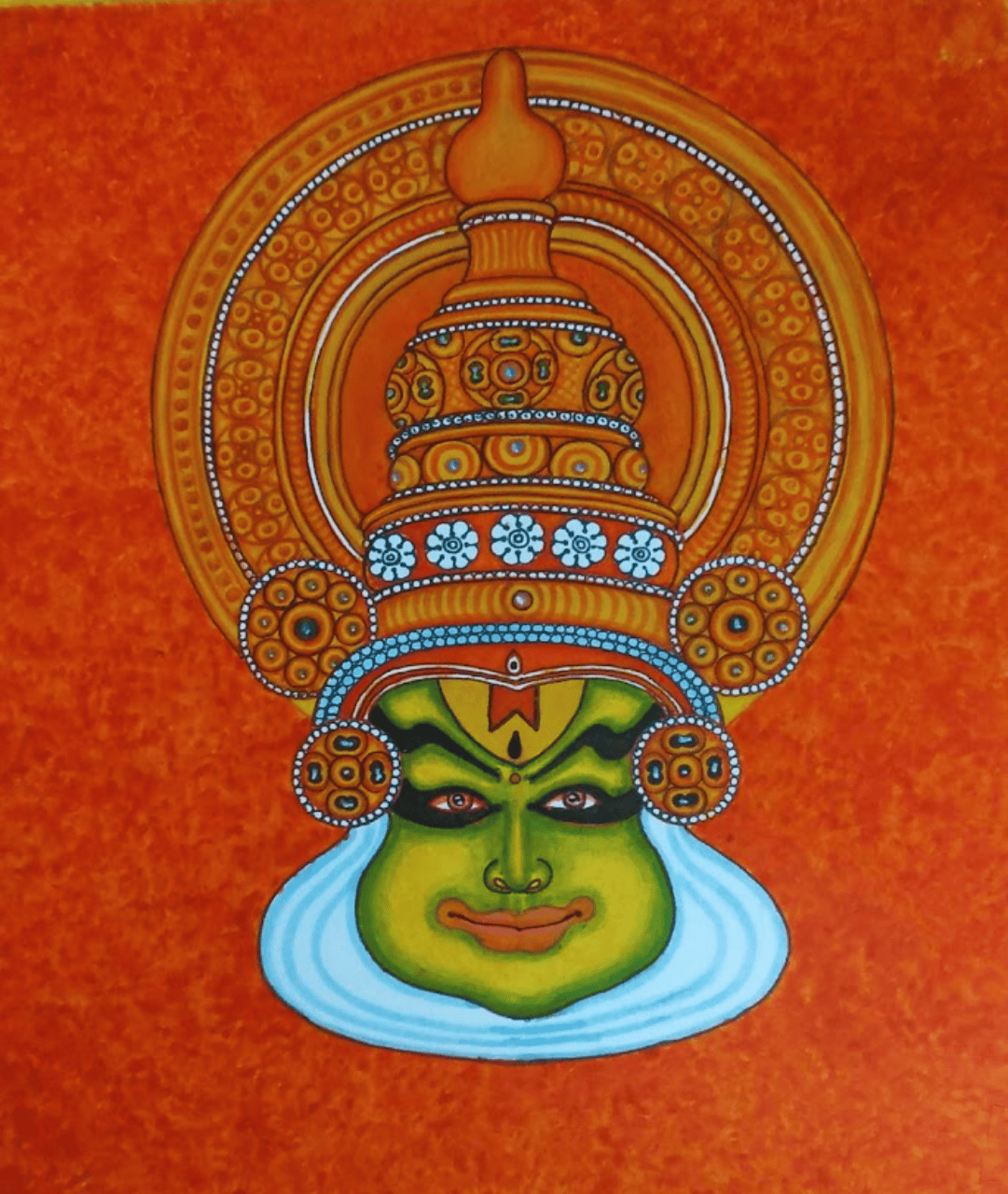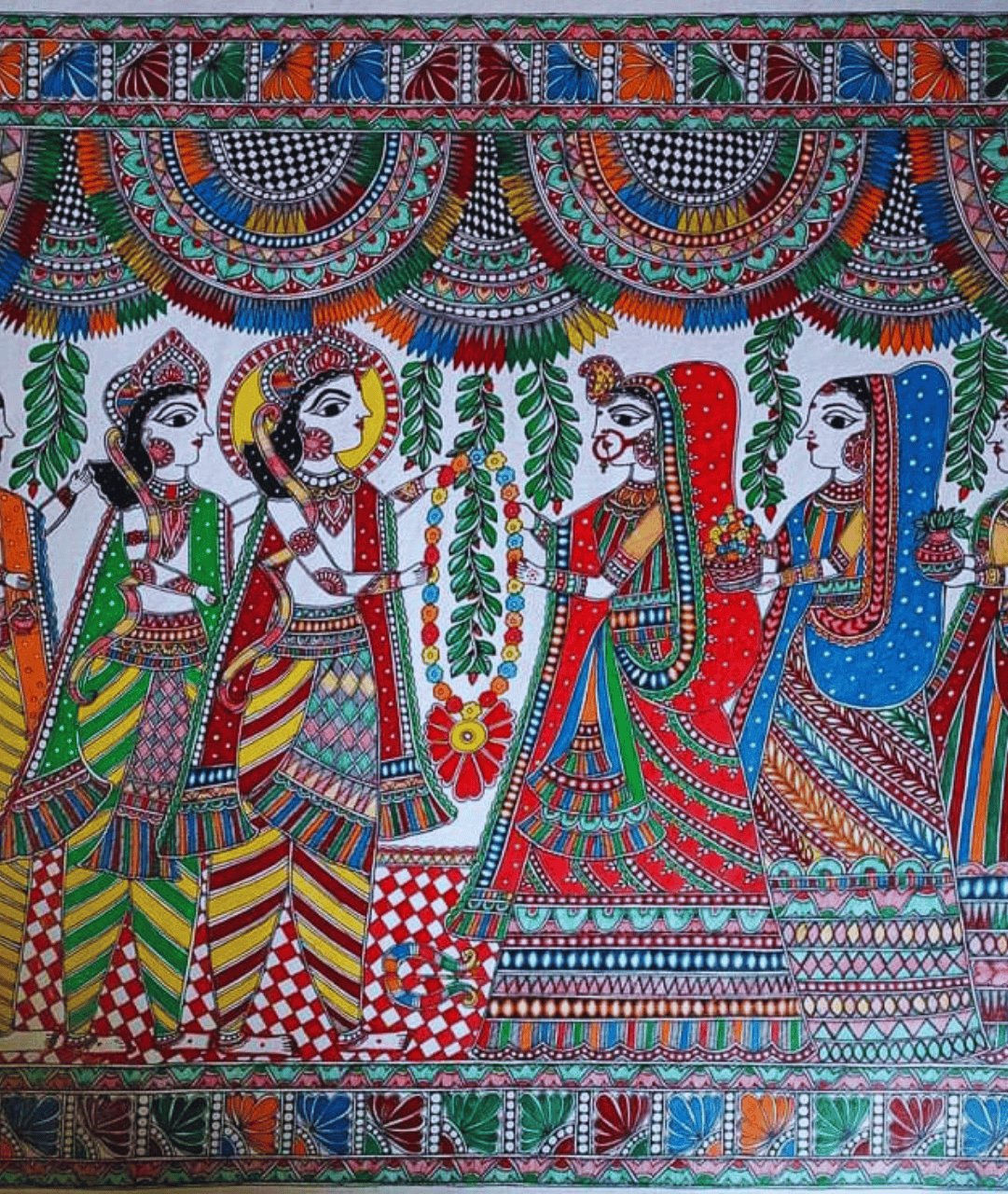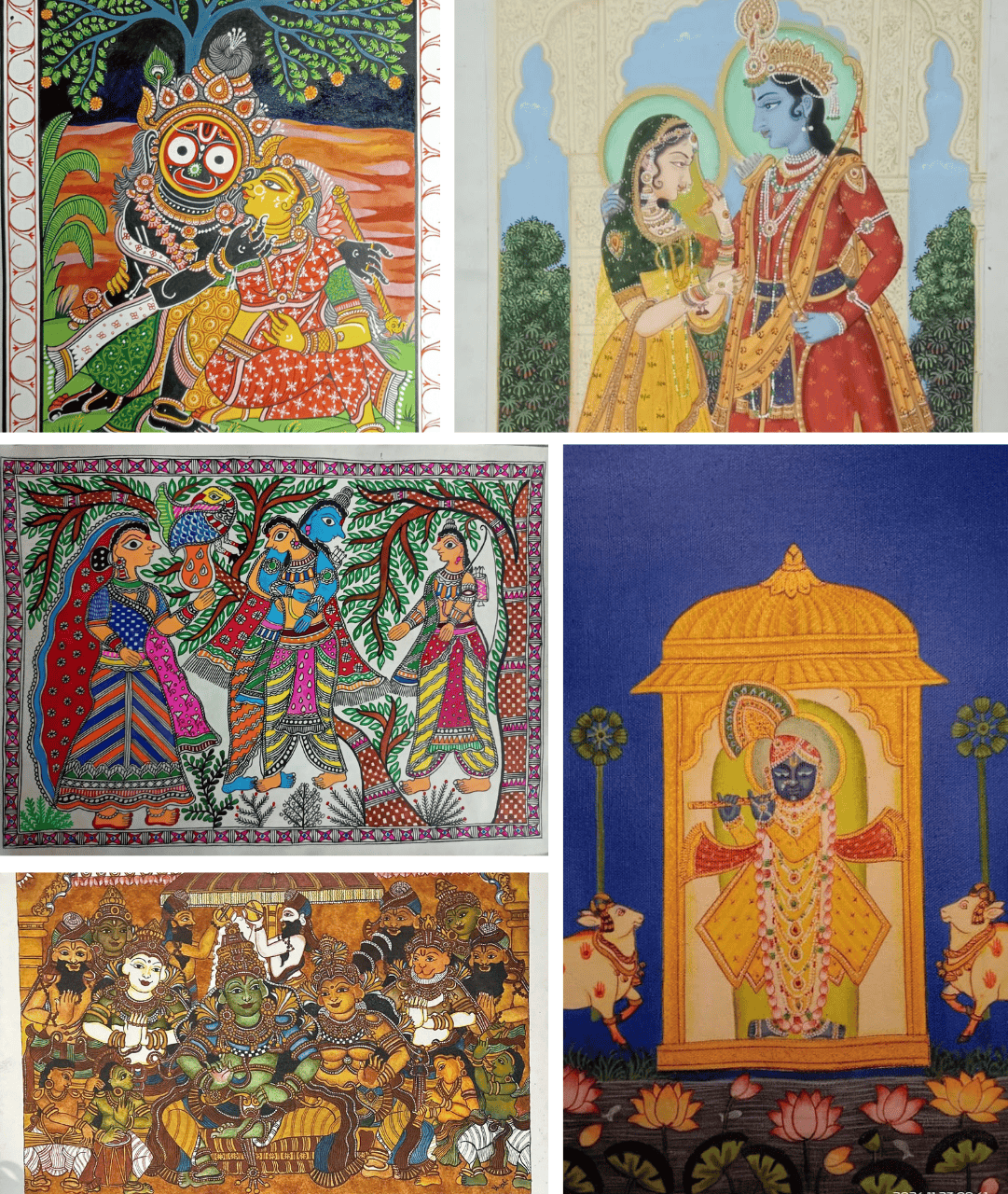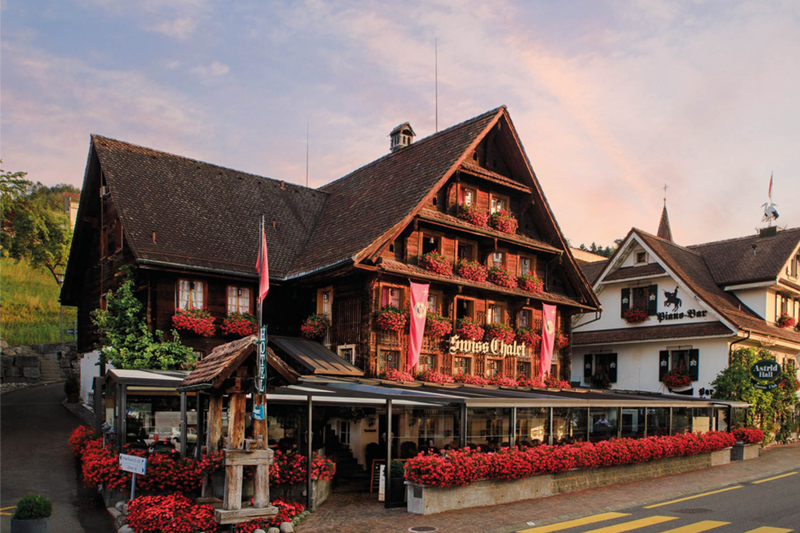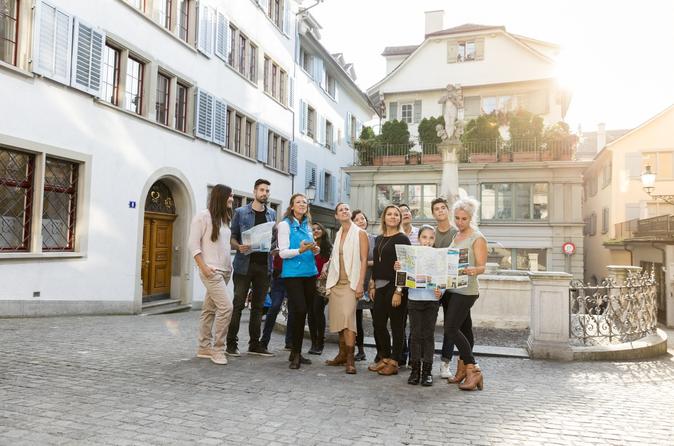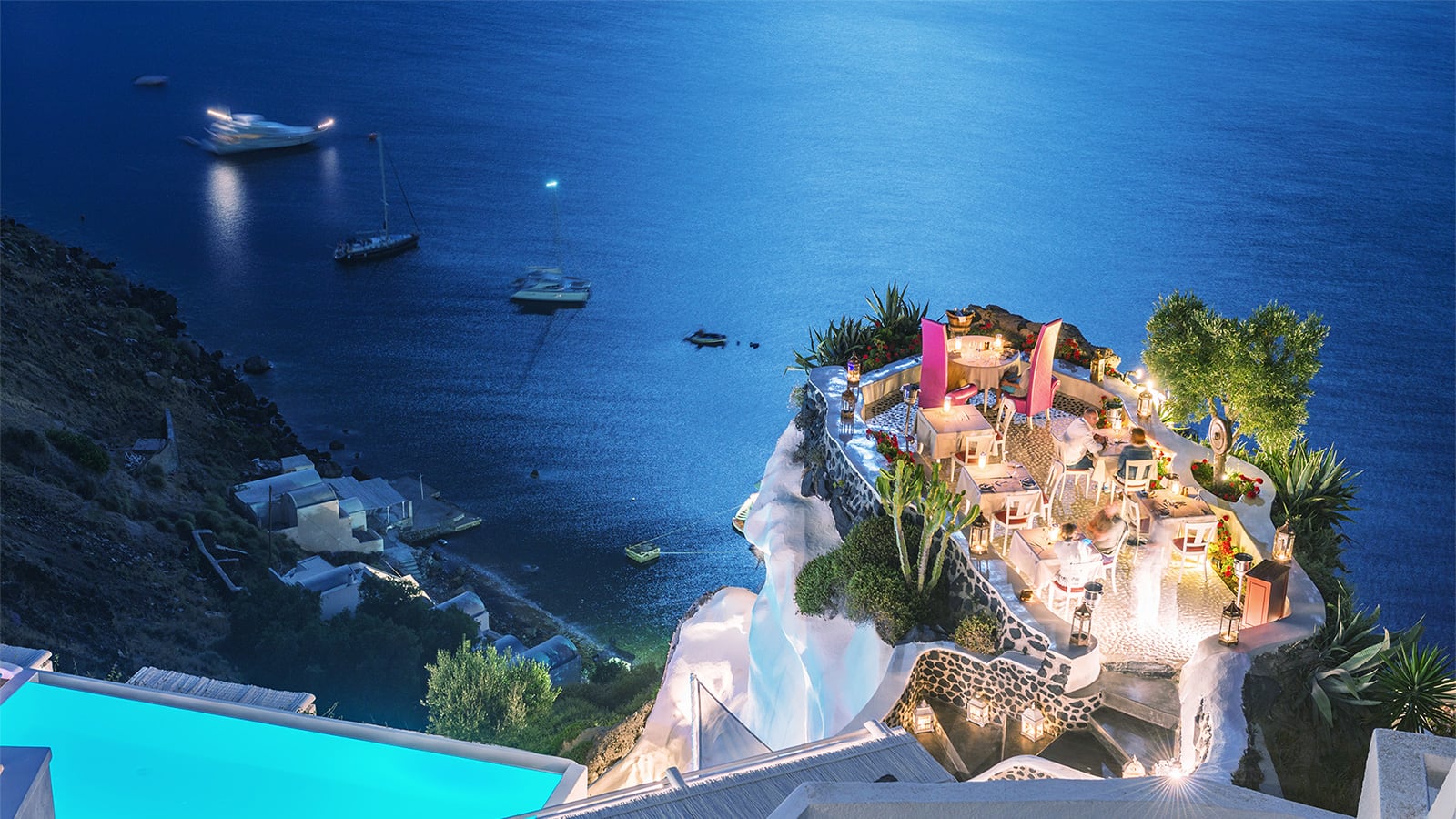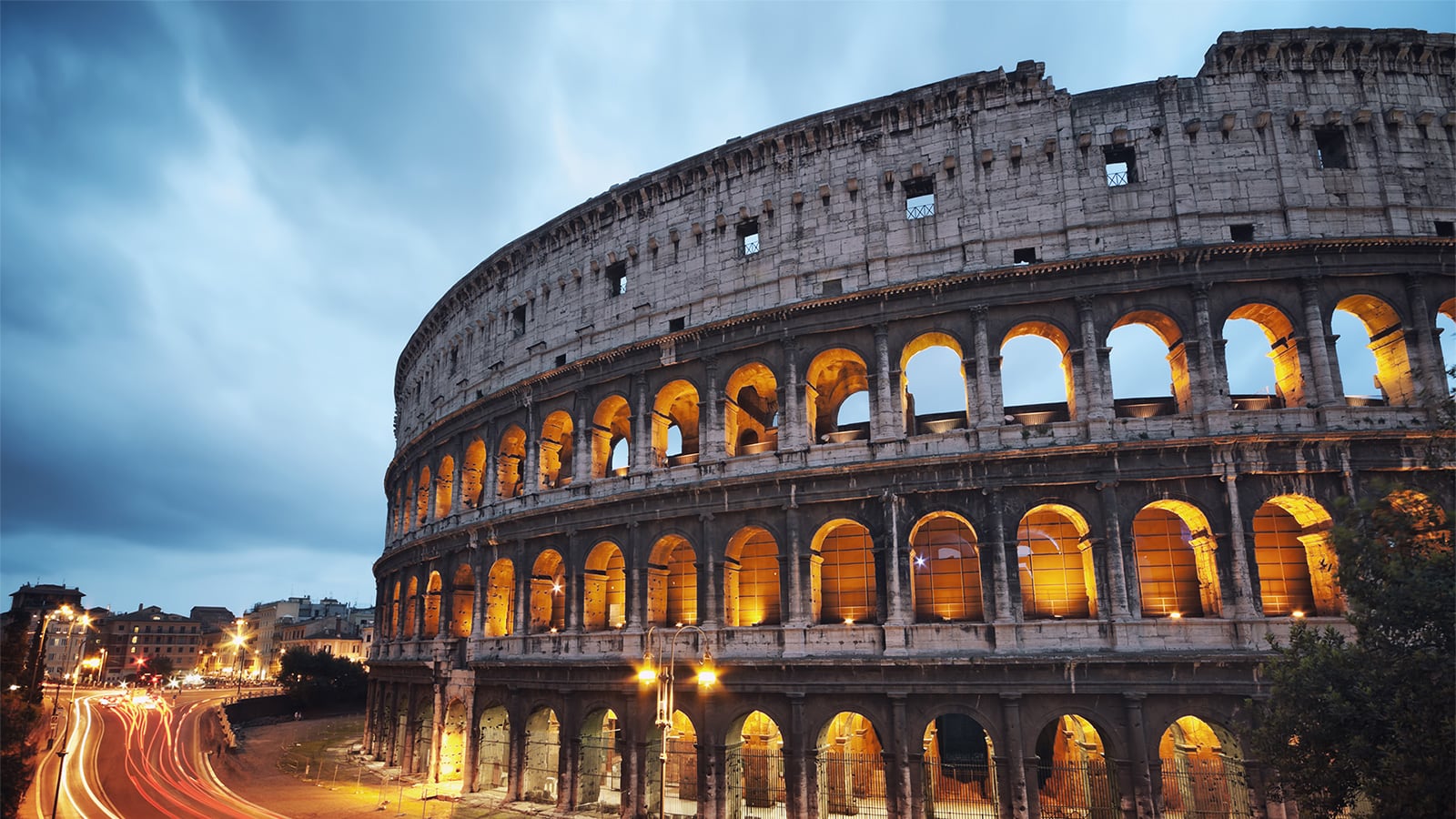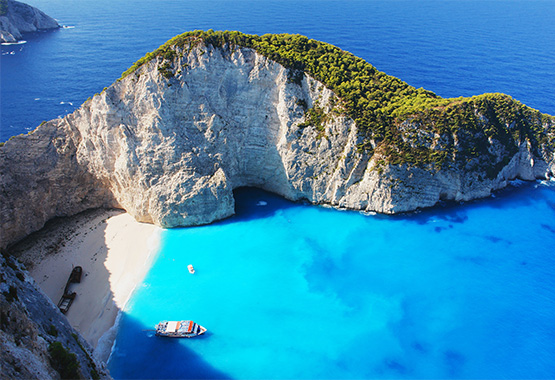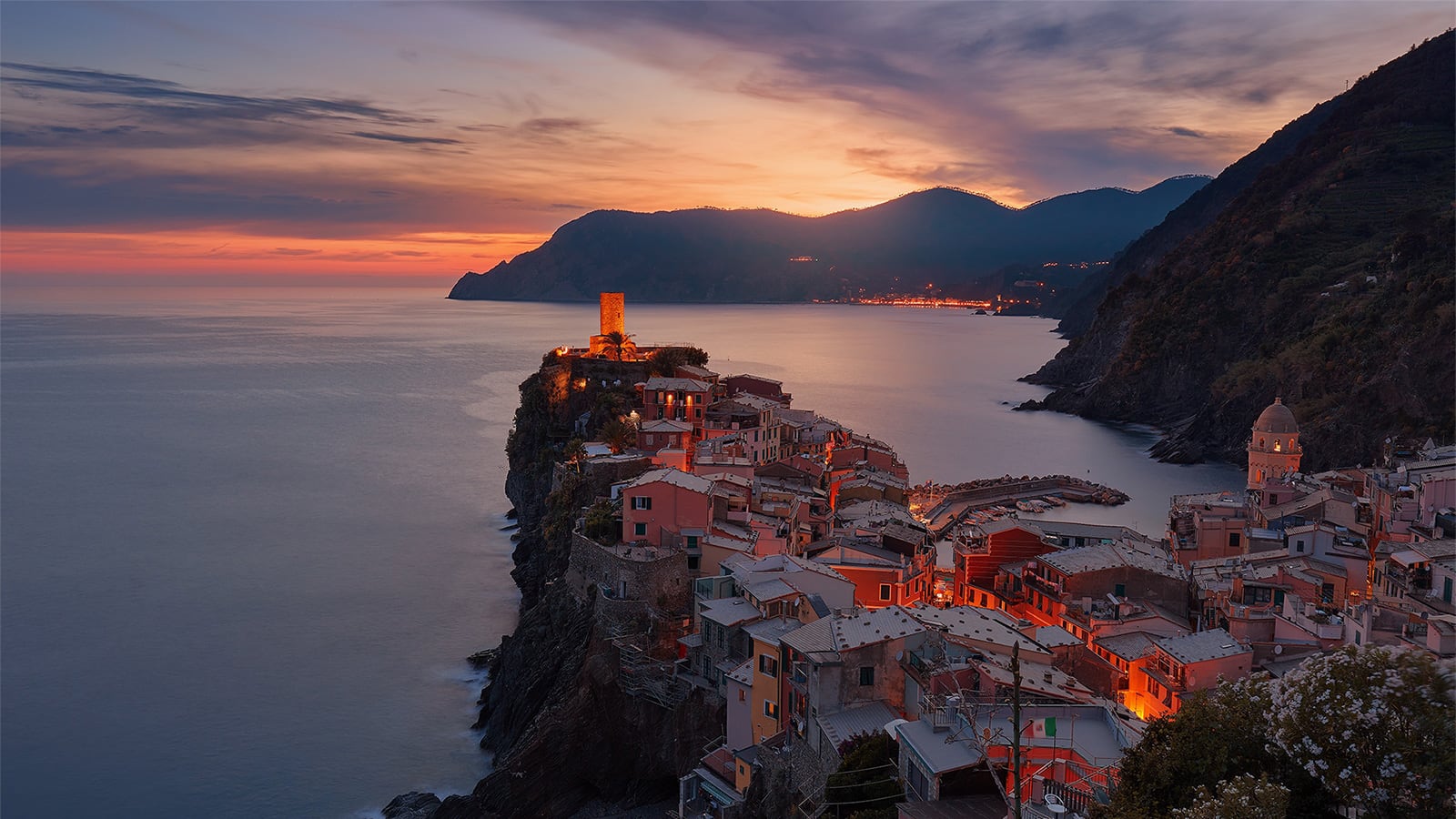Madhubani painting is an ancient art form from the Mithila region. This region refers to parts of modern day Bihar, Jharkand & Nepal. ‘Mithila’ is a very distinct region in terms of language, art and even cuisine. The region is said to be the fabled kingdom of Janaka, father of Sita. In fact, the story goes that during Ram & Sita's wedding, King Janaka ordered the walls the palace to be painted, and this is how the Madhubani style of painting originated. Whatever its exact origins, this compact geographical area has resulted in the art staying largely true to its original form. However, Madhubani art’s popularity soared nationally & internationally in the 1960’s and today, you can find mugs, lampshades, saris & of course, art work in the distinctive Madhubani style. So, how do you spot authentic or traditional Madhubani art?
The first and most important sign is the use of double lines. All figures and detailing in Mithila art are done with this technique, adding depth and highlighting the different characters in the painting.

Second, is the use of natural colours. Traditionally, only yellow, orange, red, blue and green was used, in addition to black & white. The pigments were derived from indigo, turmeric, green leaves, roses & more. Today, synthetic colours are also used in mass-market productions, but look out for the dull, subdued hues!

The devil is in the details. A significant portion of Madhubani’s charm lies in the fact that no space is left untouched. Usually, the spaces in a Madhubani painting are filled with detailing, usually with themes from nature like leaves, flowers, birds and more. Delicate nibs are used to produce the fine lines necessary for this level of detail.

What story does it tell? Traditionally, Madhubani art was used to record the big life events like marriage, birth, death, festivals and so on. Depictions of festivals, gods & goddesses are also very common.

It’s important to understand the historic context of Madhubani art. Caste used to play a huge role in the type of Madhubani painting an artist would make. ‘Upper’ caste artists, usually women, would focus on themes steeped in religion. Artists from ‘lower’ castes would include aspects of daily life in the village, utilise tattoo-styles and more. Nowadays, the caste distinction has reduced to a great extent and all styles are used regardless of class or caste.
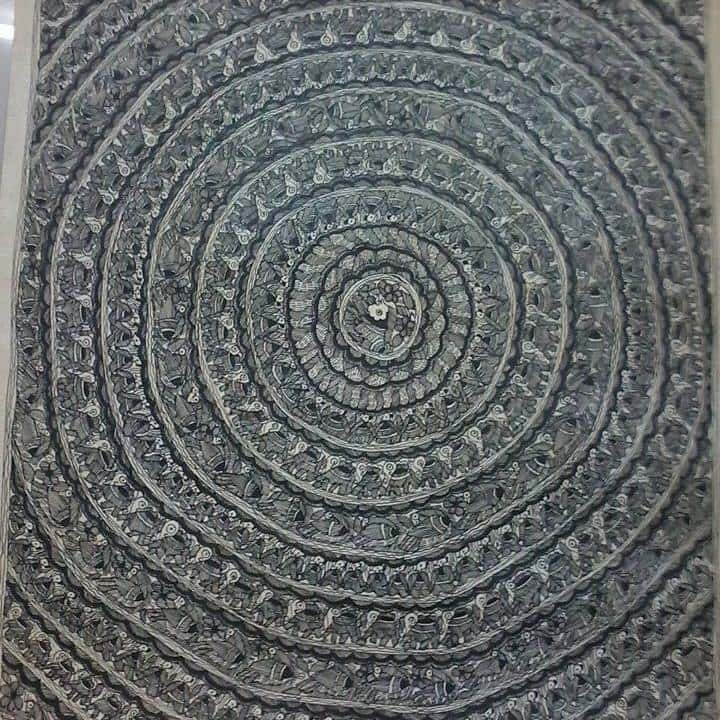
Finally, authenticity and tradition have been translated into the modern era by painting saris, bookmarks and even masks in the traditional style.










